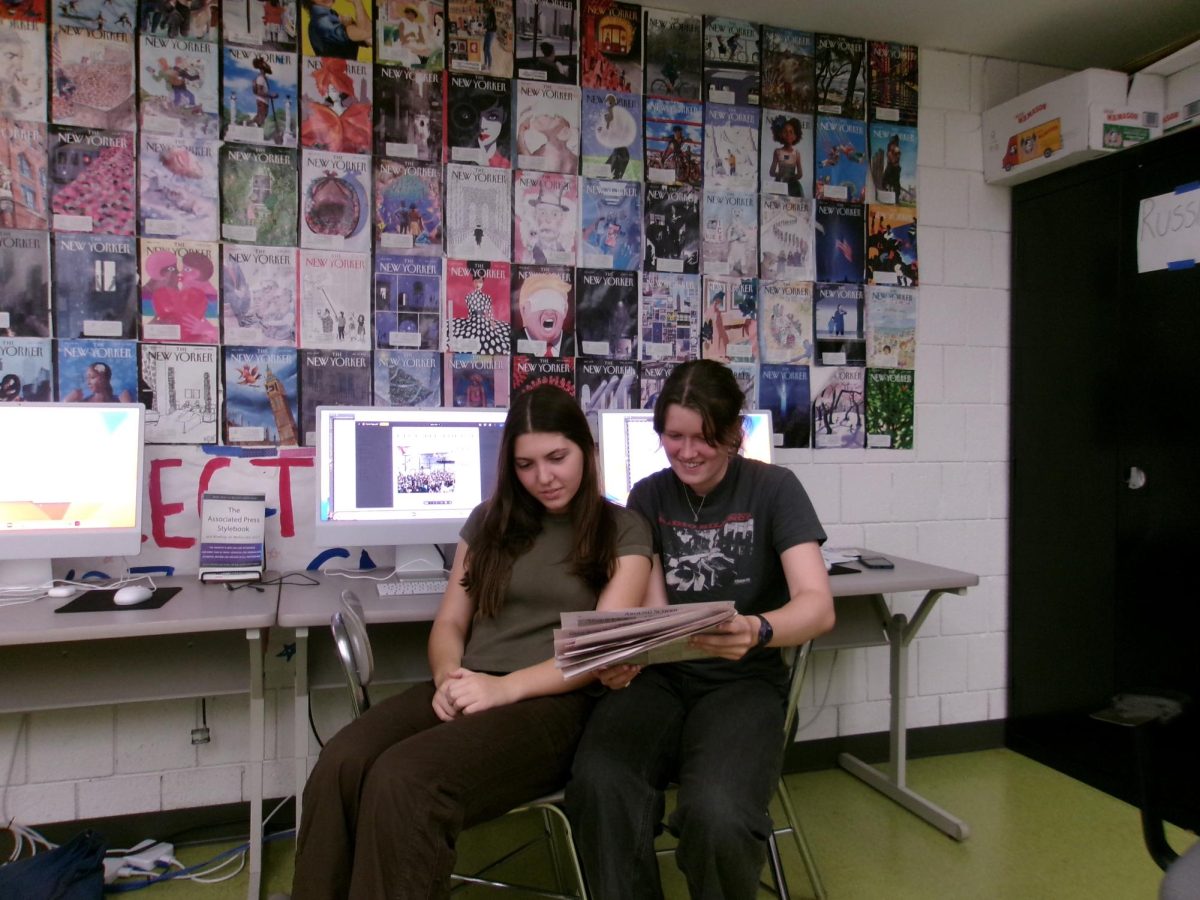How CRLS Students Feel Halfway Through With Online Learning
January 28, 2021
In-person learning ceased on March 13th, 2020, in response to the COVID-19 pandemic. Looking back at the first few weeks of remote learning, teachers had little guidance on how to carry on with their lessons and students had no pedagogical structure to follow. Olivia Orlik ’22 mentions that “Online learning was a big adjustment for me at the beginning, because I feel like the social aspect of school has been reduced by a lot and that takes some getting used to.” Nevertheless, teachers and students soon adapted to the new environment of learning through a computer screen.
When school resumed after summer break on September 16th, 2020, it was barely recognizable. A more engaging virtual structure was set into place, bringing back some of in-person learning’s stability. School days were meticulously broken down between classes and office hours, and most CRLS fall sports were able to resume safely, at least partially restoring CRLS’s cheerful spirit.
However, the 2020-21 school year has been anything but ordinary, and continues to be a concern for CRLS students. Focusing on assignments and class has become much more challenging. Kalista Godsman ’23 points out, “I don’t think online learning is working for me. I am trying to work hard in my classes, but online school has given me a lack of motivation which makes school harder.” Getting work done and finding the motivation to complete the work has become a New Year’s resolution for many students as it seems to be one of the largest challenges of remote learning.
On a positive note, teachers have been very understanding of the challenges their students face with remote learning. Whether it is in study support, one-on-one meetings, or extending assignment deadlines, teachers want to ensure the success of their students. Theodoros Vlastellis ’21 shares, “I believe that online learning is working for me so far because as long as my grades are high I think something is going right.” Ms. Rachel Williams-Giordano, a CRLS history teacher explains she really enjoys “[having] more time to direct my attention to students who may have struggled with an assignment.” Similarly, CRLS history teacher Ms. Lily Read has seen online learning as an opportunity for growth for students who thought of “school [as] anxiety producing and very challenging.”
Even so, remote learning challenges the teacher-student connections built in a school-like environment. The transition to online learning has forced many teachers to give their lessons to blank screens, as students often do not feel comfortable turning their cameras on during class. Birikti Kahsai ’23 admits, “I don’t turn on my camera just because it can be uncomfortable, especially since I would likely be the only student with my camera on if I did turn it on.” The lack of students with their cameras on discourages other individuals in the class from turning their cameras on. Following that logic Kelton Altridge ’23 explains, “I have one class that is smaller, so most of the time everyone has their cameras on, including me. But in my other classes I never turn on my camera.” Ms. Williams-Giordano tells the Register Forum that rather than focusing on who keeps their camera on or off, “I cho[o]se to focus on the fact that most of my students show up every day and try their best to demonstrate their understanding.”
Despite Ms. Williams-Giordano’s positive outlook, this begs the question of whether students with their camera turned off are engaging in the lesson. Ms. Nora Watson, a math teacher at CRLS, has found alternative ways of checking in with her students. She explains that she uses Desmos Activities to teach her classes where “it is possible to view student work and check for understanding throughout the lesson,” as well as the chat function in Zoom. These tools have proven to be successful in “allowing me to pay attention to my students while I am teaching and make adjustments as needed.” Ms. Williams-Giordano and Ms. Read share similar strategies to those of Ms. Watson, using the chat and other Zoom functions to check for their students’ engagement and understanding.
Moreover, teachers have been providing additional academic support in the form of study support blocks after school. Ms. Watson says that, “Study Support is extremely helpful, but the time really flies! I often wish I had more time in the school day to work through examples and answer homework questions.” However, the turnout of students in study support is also low. Altridge shares with the Register Forum that she has not “attended any of my classes study support hours.” On the other hand, Valentin Siskind ’24 says he feels academically supported “because if I need help I can always write an email or go to study support.”
Unfortunately, the conversation of a transition back to in-person learning is met with controversy. Some students are excited about the idea, thinking that a safe return back to school will help their studying. Teachers on the contrary would rather not return unless health precautions have been set. Ms. Williams-Giordano puts it best: “School is supposed to be a safe haven … We have to think about what is best for all of our community.”











